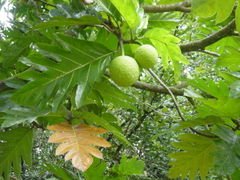3. I am not trying to prove that Metoro's words can be used to 'literally' read the rongorongo texts. On the contrary, I believe the texts are basically composed by purely pictorial elements without any attempt at connecting them to specific sounds. The pictures for the eyes are not related to the various sounds reaching the ears, you can be deaf and still read the texts. Although, of course, the pictures used in language were there from the very beginning, perfected long before they were attempted to be drawn in sand or worked into wood. Tongues and ears worked together long before drawings and eyes. The primary causal relationship did not work from drawings to language but from language to drawings. The texts are not composed by 'letters' and neither are they composed by glyphs denoting the 50 phonemes of Easter Island:
This can easily by seen by anyone looking with interest at the texts. And I have not so far found any convincing example where the sound value of a pictorial element has been used in 'rebus fashion' (cutting off from the basic meaning of the pictorial element). Therefore we need Metoro. He can connect the pictorial elements with meaning. The meaning of the pictorial elements can in principle be understood by anyone without regard to his native language. The obstacle is instead that we moderns have cut off our own words from their basic meanings. We must learn to think anew in pictorial (poetic) language. 'Fruit', e.g., is not only an idea (picture) of the concrete instance but a generalization covering all similar instances. My glyph type hua can therefore be interpreted in any language. 'Fruit' covers all conceivable kinds of 'offspring' (= what has come about from the actions in 'spring' by the time of 'autumn'). Achimboldo has given us a picture of the 'offspring season':
But it is still just a picture. Pictures can only capture the essence of some of the infinite number of instances. But pictures can be read out aloud in any language, and so also the rongorongo texts:
|


